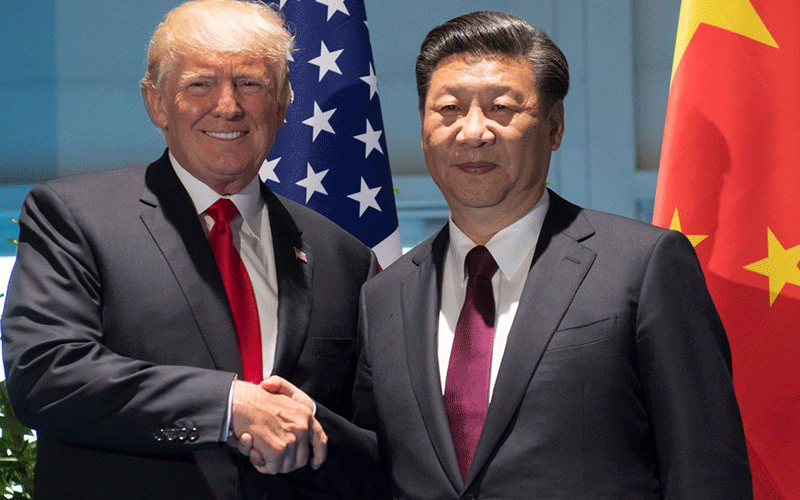President Donald Trump announced a deal with China following trade negotiations in London, claiming Chinese-supplied rare earth minerals and magnets are “done” — a declaration met with cautious optimism from both sides.
Deal Framework and Tariff TrUCE
Trump announced that the U.S.–China trade framework is “done, subject to final approval with President Xi and me” after more than two days of talks in London. As part of the agreement, China will resume exporting rare earths and magnets “up front,” while the U.S. will maintain a 55% tariff on Chinese imports — comprising baseline, fentanyl-related, and pre-existing levies. In return, China will impose a 10% tariff on American goods.
Rare Earths: Strategic Materials at Stake
China controls over 90% of the world’s rare earth refining capacity — essential for EVs, wind turbines, electronics, and defense technologies. Trump emphasised that “full magnets, and any necessary rare earths, will be supplied” by China and raised the deal as a “great WIN for both countries”.
Chinese officials have confirmed the framework but stopped short of endorsing Trump’s specifics, noting export licences will be approved based on “reasonable needs”.
Market Response and Industrial Concerns
Markets responded conservatively. Initial enthusiasm was tempered by investor uncertainty over continued high U.S. tariffs — triggering a muted rebound in equities. Analysts warn the deal may simply delay deeper structural reforms, potentially leaving Western manufacturers still vulnerable to Chinese supply leverage.
Domestic and Global Implications
- U.S. industry: The rare earths uncertainty forced major automotive and tech players, including Ford and Volkswagen, to slow production earlier this year.
- Defense sector: Samarium-cobalt and neodymium magnets are critical in F‑35 jets, submarines, missiles, and radars — reinforcing national security concerns over supply constraints.
Next Steps: Formal Approvals and Supply Chain Safeguards
The agreement is pending formal sign-off by Trump and Xi. Chinese export licenses could be time-bound — reports suggest six-month permits — granting Beijing strategic leverage. Trump and his officials emphasize that no chip export concessions were made in return for the rare earths access.
Meanwhile, U.S. efforts to diversify rare earth supply chains are accelerating, with investments in domestic mining, processing, and allied partnerships — including Australia and Saudi Arabia.
Long-Term Outlook
While Trump hails a “truce” and a step toward stable rare earth access, challenges persist. China’s control and licensing restrictions remain intact, and U.S. industries are pushing for greater resilience. The framework offers short-term reprieve but ignites a global push to break dependency on Chinese critical mineral supplies.
As formal approvals loom, policymakers and industry stakeholders will watch closely: whether a true strategic shift occurs — or merely a temporary diplomatic reset — will determine the lasting impact of Trump’s rare earths deal.










